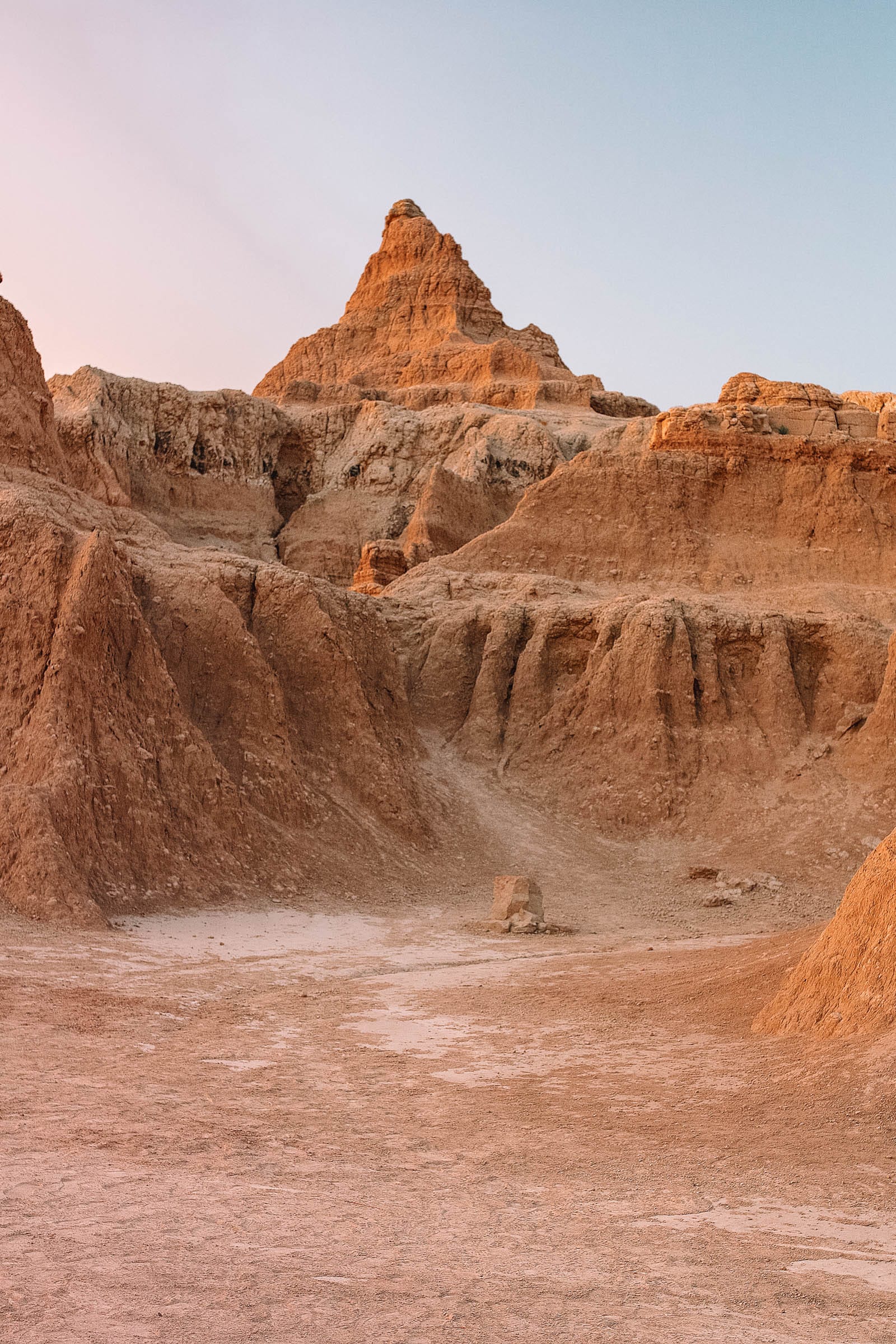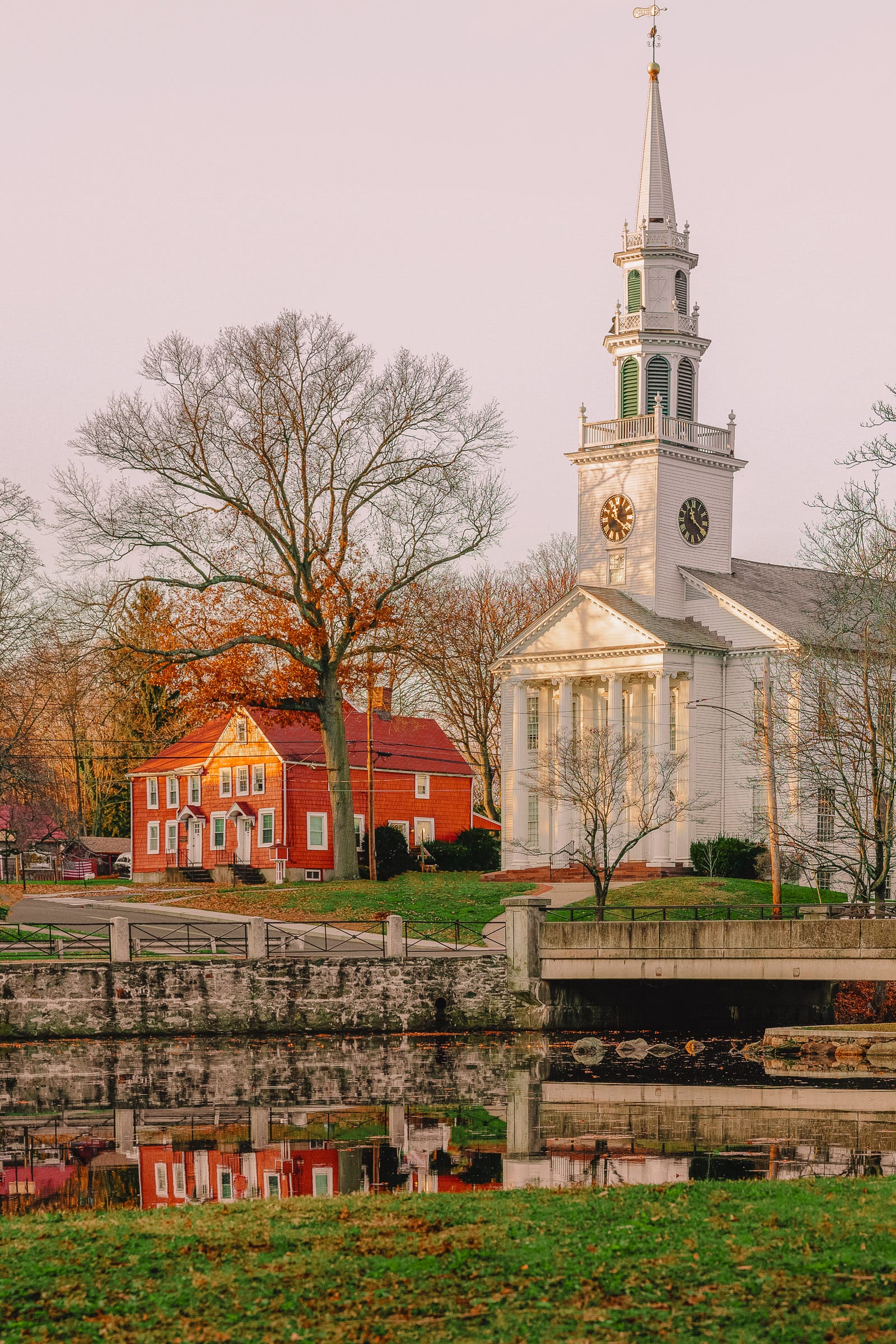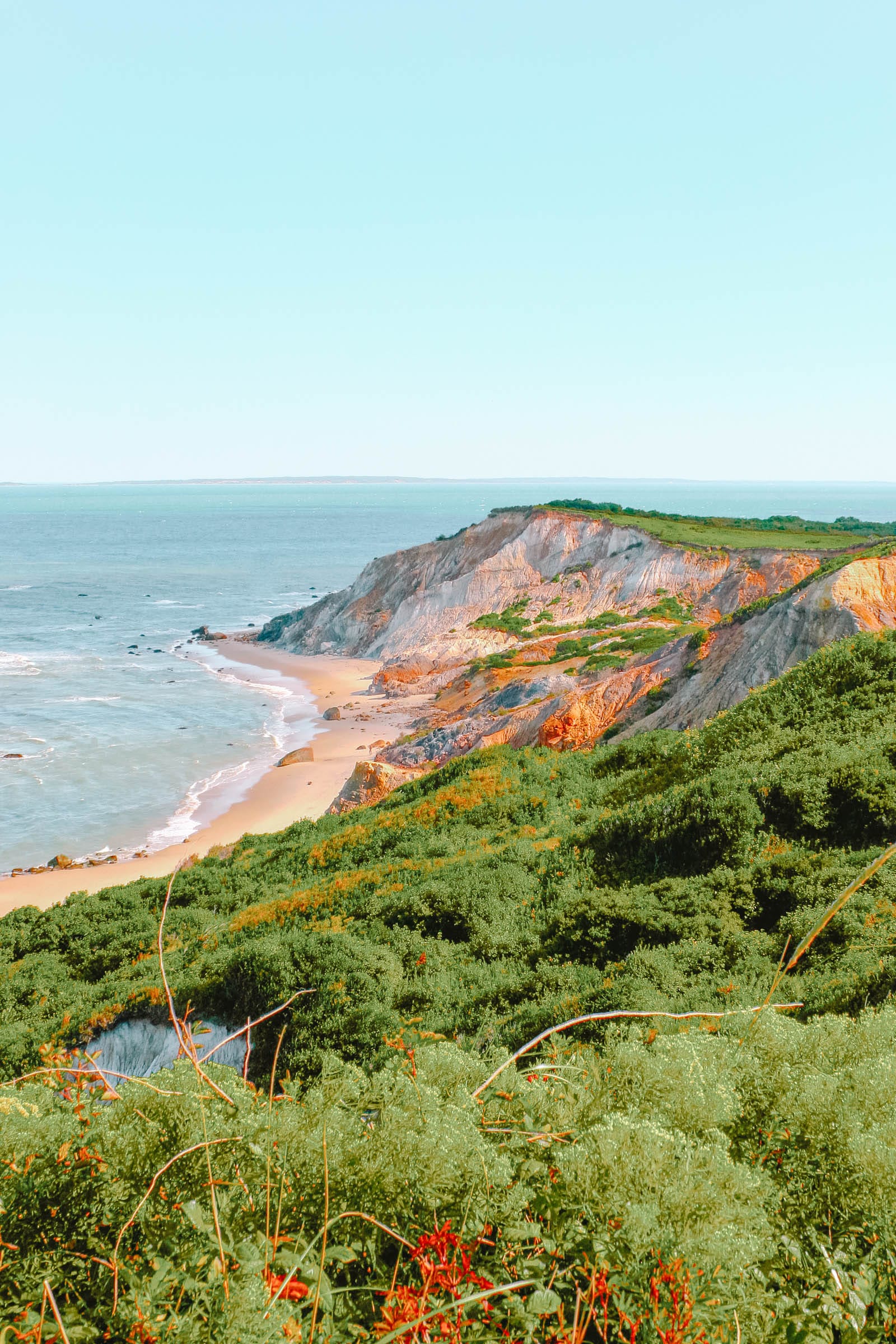Summary
Discover St. John: A Caribbean Gem
The island is sometimes called the “Beverly Hills of the Caribbean.” All Caribbean islands are not created equal. Some embody the quintessential fairy-tale facets of a tropical paradise, with sugar-sand beaches and awe-inspiring natural wonders. St. John, one of the three main U.S. Virgin Islands, fits this bill.
The island is mainly accessible by boat, though car and passenger ferry service operate all day from nearby and much more cosmopolitan St. Thomas. Many visitors also arrive by private yacht. However, anyone wanting to come by plane is out of luck as there’s no airport here.

In addition to being the most remote of the primary U.S. Virgin Islands, St. John is also the smallest, clocking in at just 20 square miles. Nonetheless, this tiny package is loaded with some of the best that the U.S. Virgin Islands has to offer.
A significant portion of those highlights center on eco-travel pursuits, as two-thirds of the island is covered by the Virgin Islands National Park, established in 1956. The Virgin Islands Coral Reef National Monument, established in 2001, further expands environmental protections to the underwater world surrounding the island.
The result is an unspoiled paradise — no passport required — offering innumerable opportunities to connect with the natural environment by land and sea.
Best Time to Visit St. John

The better question is: What time is good for you? St. John enjoys a magical combination of warm weather and persistently cooling trade winds throughout the year. During the day, temperatures average in the low to mid-80s, while nighttime temperatures generally hover within the low 70s.
Rainfall is common in St. John, and the island’s lush hills wouldn’t be so beautifully green without it. Nonetheless, there’s no set rainy season. Rain typically comes and goes, rarely washing out full days. The months with the highest precipitation are September, October, and November.
If crowds are a concern, you might want to avoid the peak winter season, which runs from mid-December through March. Interestingly, the middle of summer, particularly around July Fourth, also draws large crowds due to St. John Carnival, which kicks off in early June with various pageants and concerts. This excitement peaks on Emancipation Day (July 3) and Independence Day (July 4) with parades, fireworks, and nonstop festivities in the Carnival Village.
On the opposite end, hurricane season spans from June through November, with late August to mid-October constituting the peak period for storms. Major hurricanes are rare in June, July, and November.
Best Things to Do on St. John

No matter when you visit St. John, you’ll always find a plethora of enjoyable activities. Top of the list for many is lounging on the island’s many unspoiled beaches.
Trunk Bay, Cinnamon Bay, and Maho Bay are the most popular — and for good reason. The stunning vistas along these shores are the stuff of Caribbean beach fantasies. Conversely, lesser-known beaches, like Honeymoon Beach, Leinster Bay, Jumbie Bay, Francis Bay, and Salomon Bay, should also be included in your itinerary.

Several of St. John’s finest beaches can only be accessed by a second favorite activity here: hiking.
St. John’s 20 square miles are crisscrossed with a network of over 20 hiking trails. Many of these trails are low- to medium-impact, with some less than three miles in length. All lead to spectacular natural wonders or historical attractions worth discovering.
For instance, a significant historical site known simply as the petroglyphs opens a rare window into one of the Caribbean’s indigenous groups: the Taino Indians. Ancient tribal carvings left centuries ago are set into a rock wall at the base of a waterfall in the Reef Bay valley. If possible, plan to hike out here after a decent rain to fully appreciate this mystical place. On the way to the petroglyphs along the Reef Bay Trail, hikers pass the ruins of four colonial-era sugar estates, providing unique insights into St. John’s storied history.
However, not all of St. John’s trails run over dry ground. The Coral Reef Underwater Park Trail at Trunk Bay, introduces snorkelers to the island’s vibrant underwater ecosystem. Informative signs along the trail describe the various coral and fish species snorkelers may encounter.

When not hiking through the wilderness or diving underwater in search of St. John’s natural treasures, visitors can enjoy exploring the famously eclectic shops and boutiques in Cruz Bay, St. John’s main town. Mongoose Junction, in particular, is famous for handmade local jewelry, artwork, island fashion, gifts, and more.
Where to Stay on St. John
As expected in a dynamic and eco-focused destination like St. John, accommodation options are abundant and diverse. However, you won’t find any all-inclusive resorts here. What it lacks in all-inclusive amenities, it compensates with features that bring you closer to the heart of what makes this little island special.
The Westin St. John Resort Villas
The Westin St. John Resort stretches along 1,200 feet of pristine, white-sand beach, covering a total of 47 acres with studio, one-, two-, and three-bedroom accommodations. Guests can also opt for a townhouse (2,850 square feet) with space for up to eight adults.
Cinnamon Bay Beach & Campground
For those eager to connect with nature, Cinnamon Bay Beach & Campground is an excellent choice. Cottages, eco-tents, and bare sites are available, allowing guests to decide how rustic they’d like their experience. Here, waves crash along Cinnamon Bay, lulling you to sleep. Mornings can start with a swim in a picturesque beach, while wild donkeys look for shaded spots on the sand. For true nature enthusiasts, it doesn’t get much better than this.
Estate Lindholm
Originally established as a plantation by Dutch settlers in the 1720s, Estate Lindholm now offers stunning views from its hilltop location high above Cruz Bay. The property features 17 guest rooms, each adorned with elegant furnishings and decor echoing 300 years of St. John history.
St. John Villa Rentals
Undoubtedly, the most popular accommodations on St. John are villa rentals. For the best rates on a wide selection of properties, St. John Villa Rentals is an excellent option. Booking through this community of local owners and property managers ensures that travelers can avoid added service fees.




